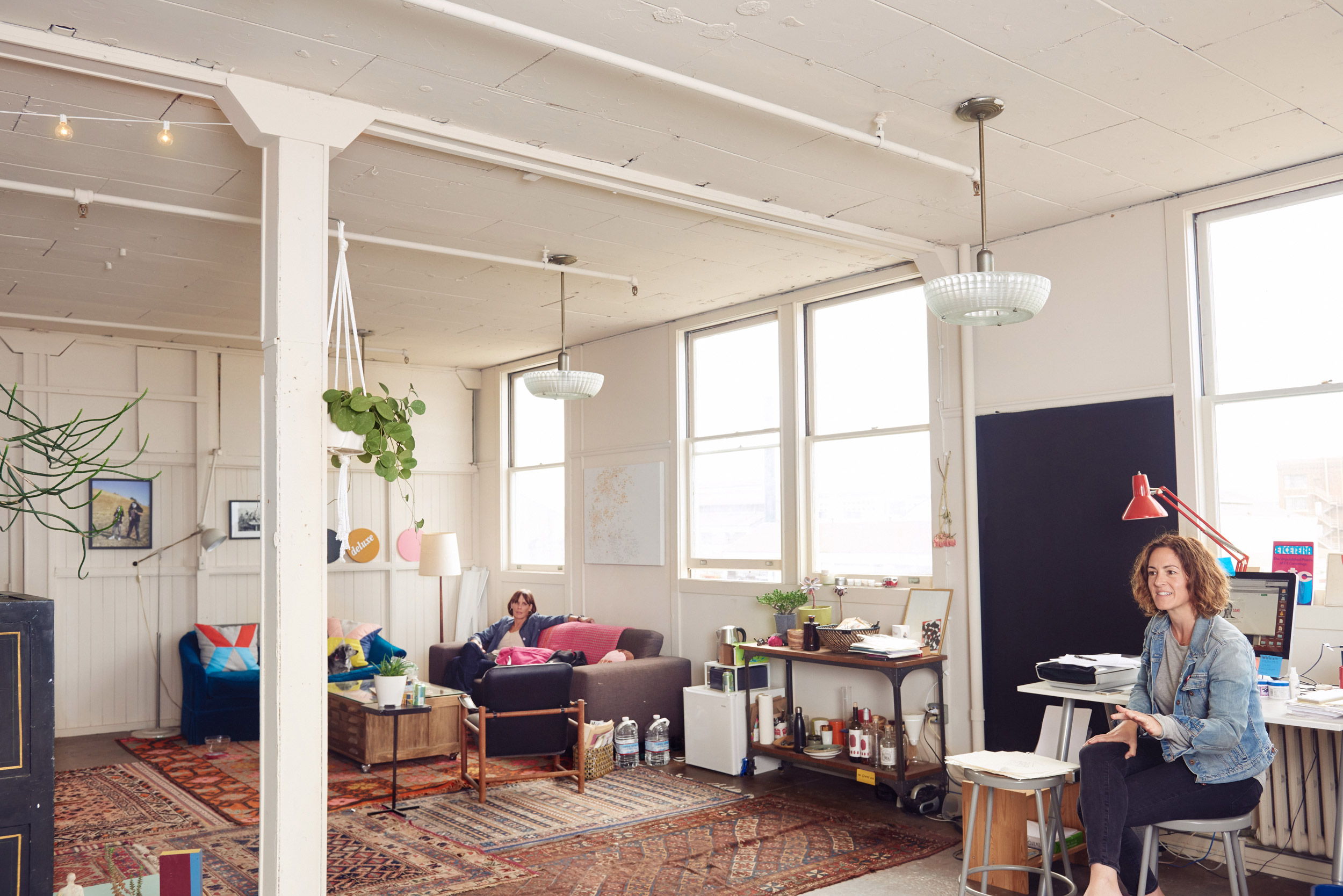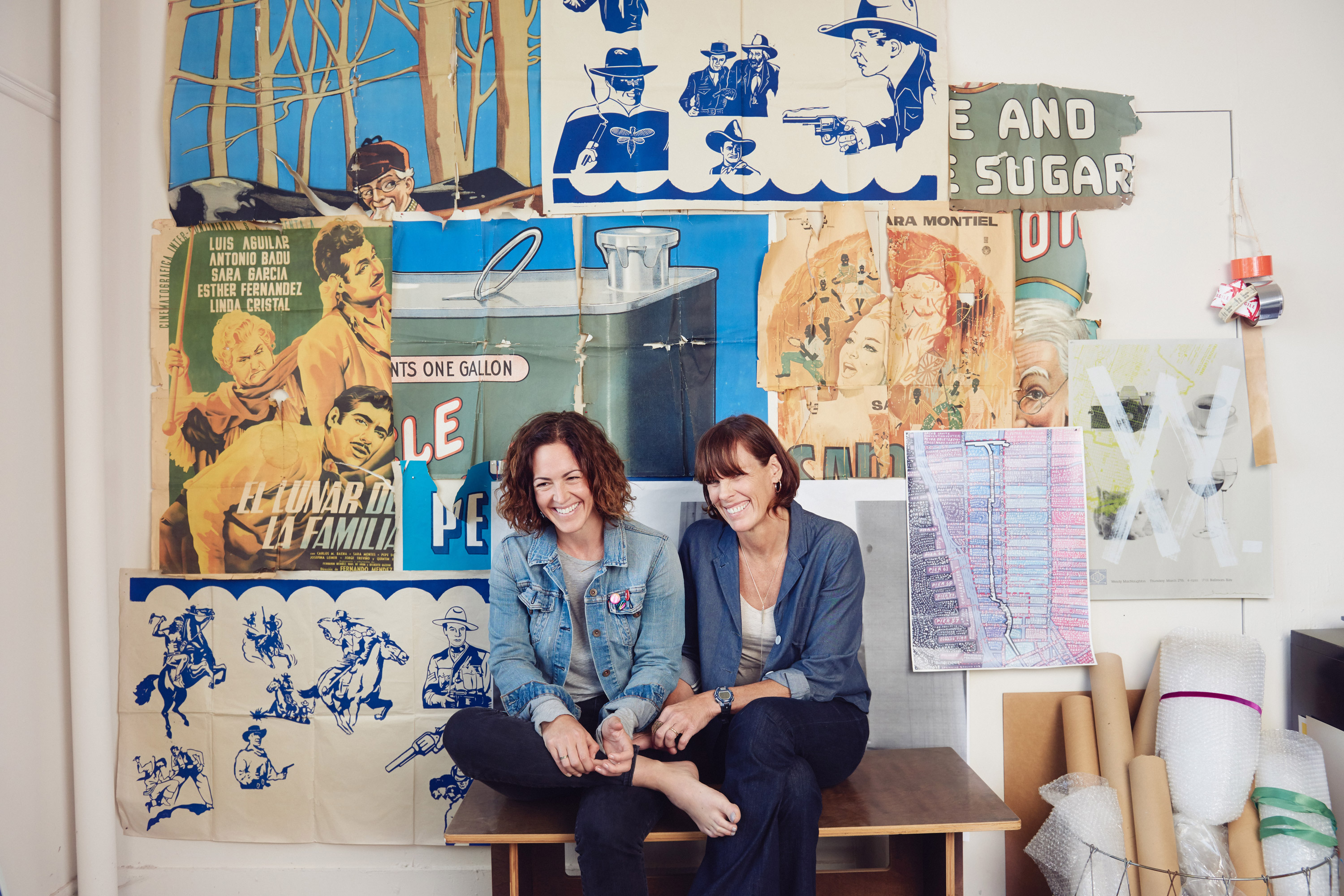
- Interview by Tammi Heneveld July 12, 2016
- Photography by Maria del Rio
Caroline Paul & Wendy MacNaughton
- illustrator
- writer
San Francisco-based illustrator and graphic journalist, Wendy MacNaughton, and writer, Caroline Paul, who most recently collaborated on the New York Times best-selling book, The Gutsy Girl: Escapades for Your Life of Epic Adventure, discuss the joys and lessons of being partners in work and life, the benefit of rejection, and how the support of one another and their communities have kept them on their creative paths.
Tell me about your paths to what you’re each doing now.
Wendy: Some people know what they want to do from the beginning and stick with that, but Caroline and I have both lived several lives, and that has contributed greatly to what we do now.
I have a background in a few different areas. I grew up studying art and attending art school, then worked as a copywriter in advertising. Copywriting was how I learned to make pithy sentences and tell stories. Sometimes I was able to use advertising for good by working on social campaigns, but I realized that there were more meaningful things to do with my time than sell chicken and beer. I wanted to do work that benefitted people, so I went to grad school and earned a degree in social work.
If you made a venn diagram of social work, storytelling, and art, then the work I’m doing now would be right in the middle. I landed a job in San Francisco right out of graduate school while living in Oakland. I took BART back and forth twice a day, 20 minutes each way. One day, I didn’t have a newspaper or anything to read, and I looked around at the passengers staring off into space and realized they were basically life drawing models. At that time, I hadn’t drawn anything in about 10 years, but I had a little Moleskine notebook that I used for work, so I pulled it out and started drawing the people around me.
That was the moment I totally fell back in love with drawing after many, many years of not doing it at all. After that, I drew twice a day, 20 minutes each way. Over time, I added in pithy little sentences and painted them when I got home. I eventually started a blog for my drawings, and people began to notice, which lead me to take on freelance projects. That moved quickly into illustrating full-time, which I’ve now been doing for about six years.
Caroline: In some ways, I think I was always going to be a writer. In second grade, my teacher told me I was a really good writer. To be honest, I was kind of terrible, but I think my teacher’s comment lodged the idea in my head that I could write.
When I was in my 20s and out of college, I knew I didn’t want a desk job. I had vague ideas about becoming a journalist or documentary filmmaker—anything that meant not being inside an office from nine to five. So my life changed rather rapidly when I became a San Francisco firefighter.
Being a firefighter doesn’t seem creative. It’s lots of hard labor, but it was actually one of the most creative periods in my life. I ventured completely out of my box, going into areas of the city I never would have gone into, helping people, witnessing chaos and destruction, and seeing people die. As a firefighter, you’re present during people’s most terrible times—those dramatic, hyperbolic parts of life—and there’s an intimacy in that. Those experiences made me grow as a person, and I ended up writing about them in my first book, Fighting Fire.
That book set me on my path to writing full-time. I was still a firefighter when I wrote that memoir, and when I retired, I didn’t really have any skills besides CPR and writing. Since I already had a book behind me, I decided to become a writer.
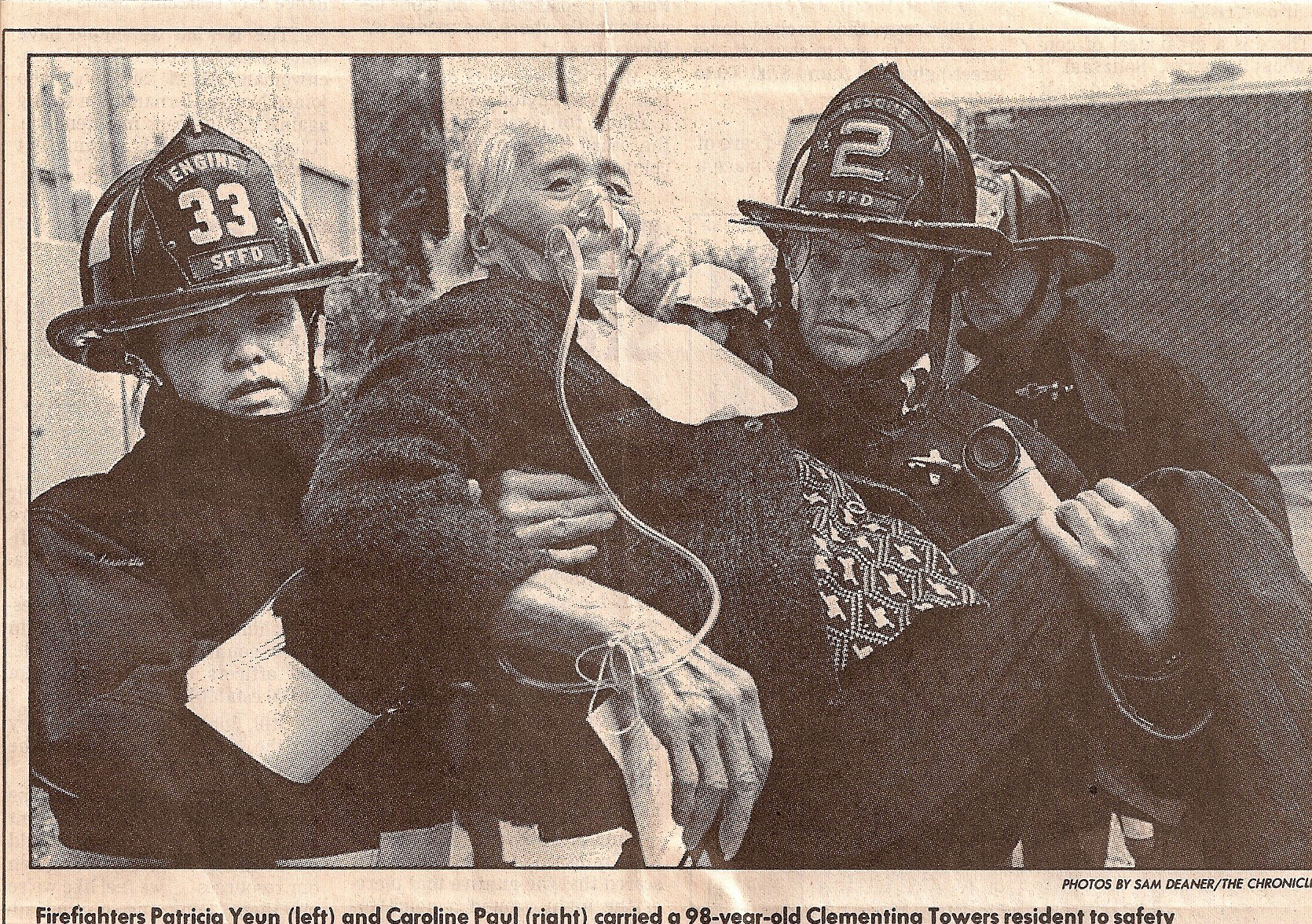
Was creativity part of your childhoods?
Caroline: It depends on how you define creativity. My parents themselves were not classically creative people—my dad was a banker and my mom went back to college when she was 40—but they were both adamant that my siblings and I try a lot of different things. For instance, they had us each choose a musical instrument to learn and stick with for a while, so I had to play the flute even though I wasn’t musical at all. They encouraged us to go sledding and took us to plays. My siblings and I were left up to our own devices a lot of the time, and there’s creativity in that. We didn’t have a TV for most of my childhood, so we had to entertain ourselves.
My parents nurtured an openness to curiosity and a sense that I could do anything. They had an attitude of, “Go try it for a little while, and if you don’t like it, that’s fine.” That’s why we went to church when I was growing up, even though my parents weren’t religious: they wanted to expose us to different options on an almost academic as well as a spiritual level. I think about that a lot, because in this culture, being a professional artist is often seen as nearly impossible.
Wendy: Growing up, I wouldn’t have called myself an outdoorsy, adventurous person, but I always loved to draw. I once saw a picture of a little kid sitting at a butcher block table with a drawing pad, pens, a plate of cookies, and milk, working hard on a drawing. I was probably as interested in the cookies as I was in the drawing, (laughing) but I told my mom, “That is what I want to do!” She said, “We can make that happen.” My parents were so supportive: we had a butcher block table, so she recreated the setup in the picture for me, and later, in 7th grade, I started going to an art school in San Francisco.
Caroline: (to Wendy) Your grandmother also took you to plays and symphonies, right?
Wendy: Right, even when I didn’t want to go. What 7-year-old wants to go to the opera? But my grandmother was a huge influence and exposed me to a lot of art and culture.
Neither Caroline’s family or mine were professionally involved in the arts, so kudos to them for supporting their kids doing something they didn’t do themselves. That’s a generous act.
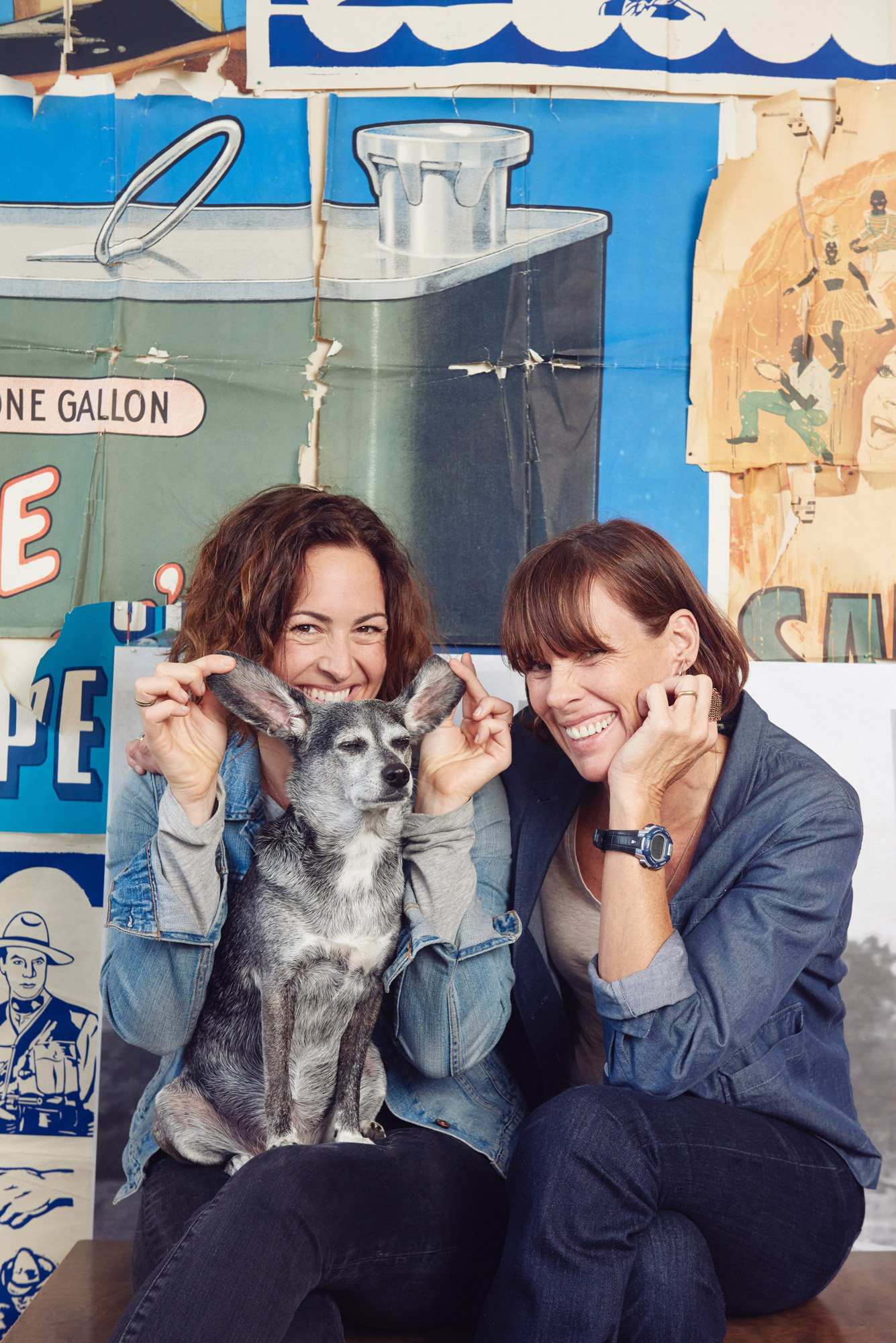
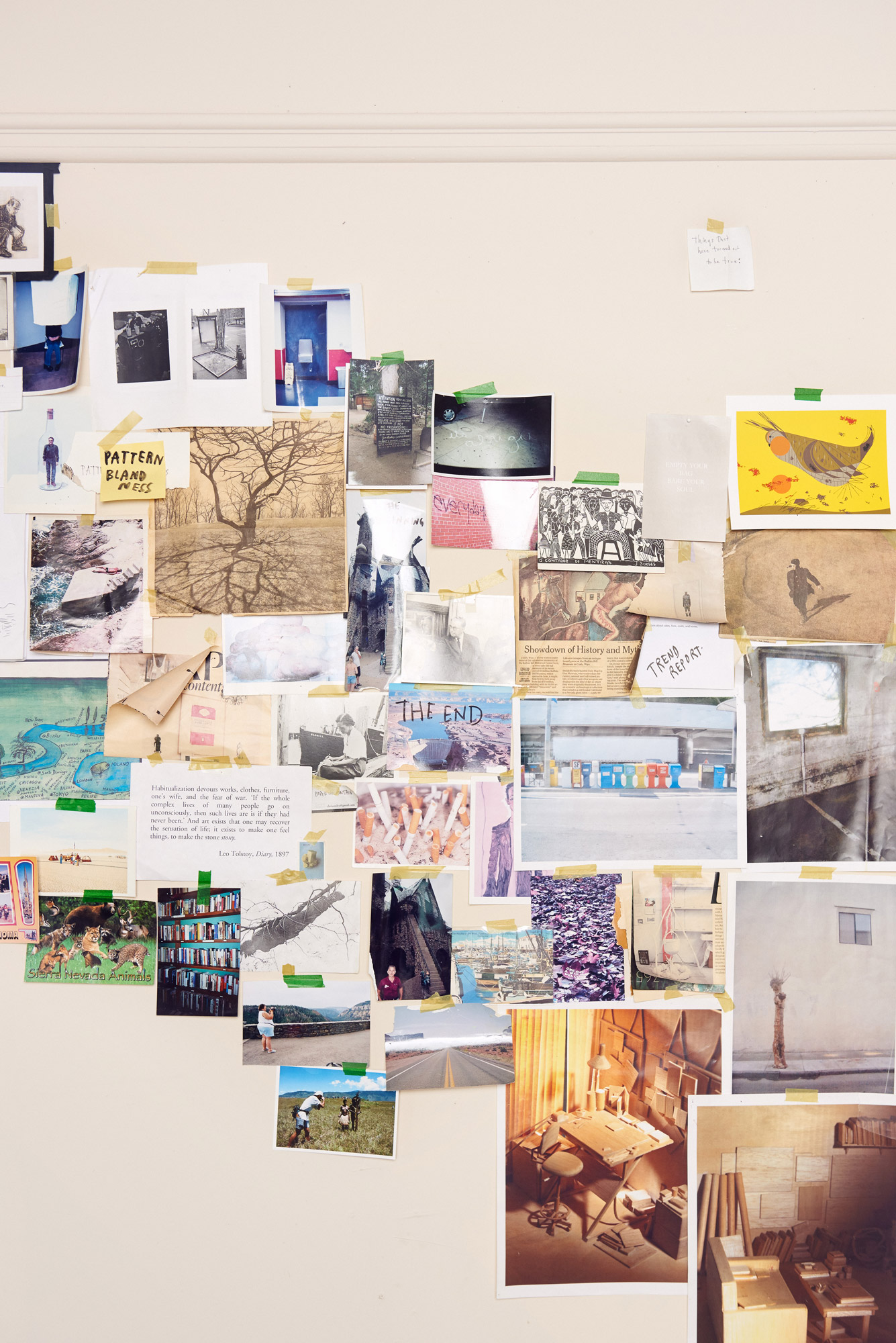
Was there an “Aha!” moment when you realized that you actually could do something creative for a living?
Caroline: For me, it was when I became a member of the San Francisco Writer’s Grotto, which is a collective of writers who understand that writing can drive you absolutely insane if you do it alone. When I joined the Grotto in 1999, I was still a firefighter, but I had written a book. I realized that writing was something I liked to do, possibly because I still had that glow of the first book, which always seems easier than the second. I worked alongside full-time writers and authors like Mary Roach, Po Bronson, and Laura Frasier, and they showed me that you can actually make a career out of it. Being a member of the Grotto was the single most salient reason that I decided to become a writer.
Wendy: I think the moment I realized I could make a living as an illustrator was when somebody offered to buy some of my paintings on my blog. I gave him a price that was very high for me at the time, and he said, “Okay.” That transaction was completely mind-blowing and a big shift in my thinking: people paid to support me to do something I’d normally do whether or not I was paid.
That got my fire going, and about a year and a half later, I started taking on freelance work. At the time, I was a director of strategy at a small advertising agency, so for about six months I worked during the day and did freelance projects at night.
The first project I did was—oh, Caroline, you probably remember. You were so supportive during all of that.
Caroline: It was for Gizmodo. That was your first big illustration job.
Wendy: Right! So, a little backstory: about six years ago, I was part of a great project called the 48-Hour Magazine, which was later renamed Longshot. Three people—Alexis Madrigal, Mat Honan, and Sarah Rich—had the idea of putting together a magazine in 48 hours, from beginning to end.
At the time, I had absolutely no connection to journalism or professional illustration. One day, I read a retweet about Alexis, Mat, and Sarah doing the 48-Hour Magazine project and thought it sounded like a cool idea. I wrote to them and asked, “Do you guys need an illustrator?” And they responded, “That’s funny, we didn’t really think of that.” So I told them that I’d show up and do some drawings for them.
I met them at the Mother Jones office at 7am in the morning, and all of these editors—Doug McGray, who now runs Pop-up Magazine; Mat Honan, who is now the bureau chief for BuzzFeed News; and Alexis Madrigal, who’s currently the Silicon Valley bureau chief for Fusion—were all sitting around the old wooden table they used to put Rolling Stone magazine together on. I sat down, and they handed me a story, so I pulled out my paint and paper. All of a sudden, they were like, “What is that?” My entering the realm of online journalism was really good timing, because up to that point, most visuals were created digitally. Nobody was really doing hand-drawn work, so to them, it was a mystical, magical act. And I can paint pretty fast, so it was a match made in heaven.
After doing the 48-Hour Magazine project, some of the people I worked with became my closest friends, one of whom was Brian Lam, the editorial director for Gizmodo at the time. He said to me, “Hey, I saw that you can draw, and fast. Would you be interested in being Gizmodo’s first illustrator?” I was like, “Awesome! What’s Gizmodo?” (laughing) I said yes, and every morning for a month I was sent an article to illustrate and have posted on the site the next day. It was a crazy work schedule, but it really got my work out there and connected me to a lot of great people. It was a kind of bootcamp where I learned how to work with quick turnarounds and fast concepts, and collaborate with different writers and editors.
That job lead to a little more freelance, and after six months, I was in a position where I could make the leap to illustrating full-time.
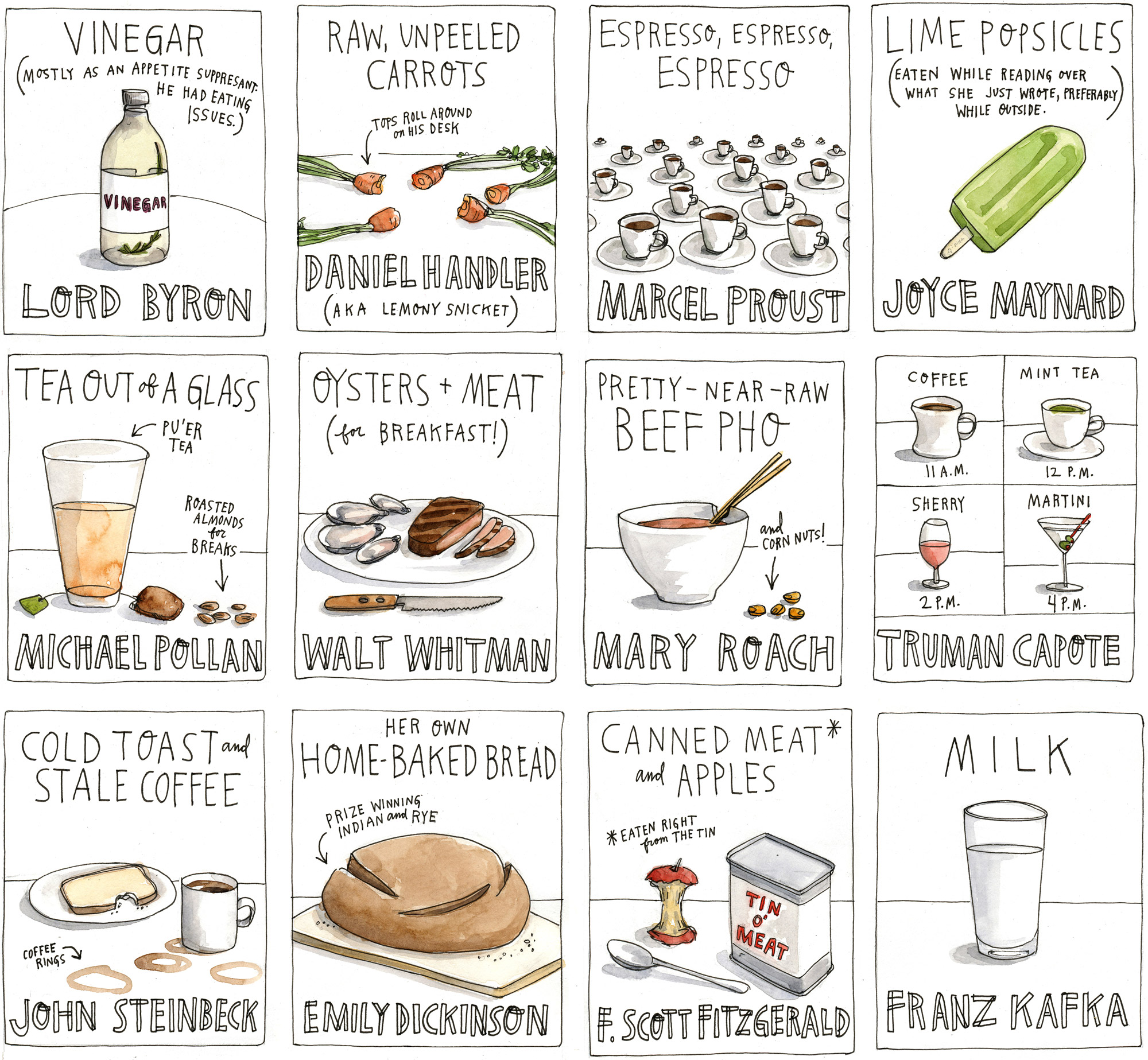
“Before I became an illustrator, I had a ton of self-doubt. I was fortunate to find the work that I’m supposed to be doing in the world that is a confluence of all the best parts of myself. When we find that, other people get excited about it and support us in making it.” /Wendy
It sounds like you got a crash course into being a freelance illustrator.
Wendy: It totally was. But when you’re doing something you’re inspired by and excited about, there’s no way to not do it. I didn’t sleep, Caroline helped me get dinner, and we made it work.
Have either of you had any mentors along the way?
Caroline: The Writer’s Grotto was the main source of mentorship for me. In order to be in the Grotto, you have to be a published writer, so it’s full of an eclectic mix of fiction, nonfiction, journalists, and screenwriters. Everybody there is at a different stage in their career, and we’re there for each other’s ups and downs. We’ve learned so much from each other, and I’d say it’s an ongoing, informal mentorship.
Wendy: I’ve taken little bits and pieces of mentorship along the way. I’ve stolen knowledge from everybody I’ve ever met. The people at the 48-Hour Magazine table that day have been huge influences, supporters, and collaborators for me.
I do have to say that Caroline is probably my biggest influence, supporter, and collaborator out of anyone.
Caroline: Aww.
Wendy: It’s true. I’ve met so many people through Caroline at the Grotto, and there are some really wonderful people there who I’ve collaborated with. One of them is Isaac Fitzgerald, who I worked with on our book, Pen & Ink: Tattoos and the Stories Behind Them, and am currently working with on our new book, Knives & Ink, which comes out in October. I’ve also been able to work with people like Chris Colin and Jon Mooallem—it’s such a wonderful community. I’ve met so many cool collaborators and inspirational people through Caroline’s world of writers and, of course, Caroline herself.
Caroline is also my editor, so she has had the first read on every story I do.
Caroline: Wendy gives me a little more credit than I deserve. (laughing) While editing is considered a vital and intrinsic part of the writing process, I just take a look at Wendy’s work to give her a second opinion on the narrative.
Wendy: I would respectfully disagree with Caroline. In the traditional editorial illustration world, you work with an art director, and that person gives you feedback, refinement, and direction. Even though the illustrator is ultimately producing the end results of work, to me, that’s a collaboration.
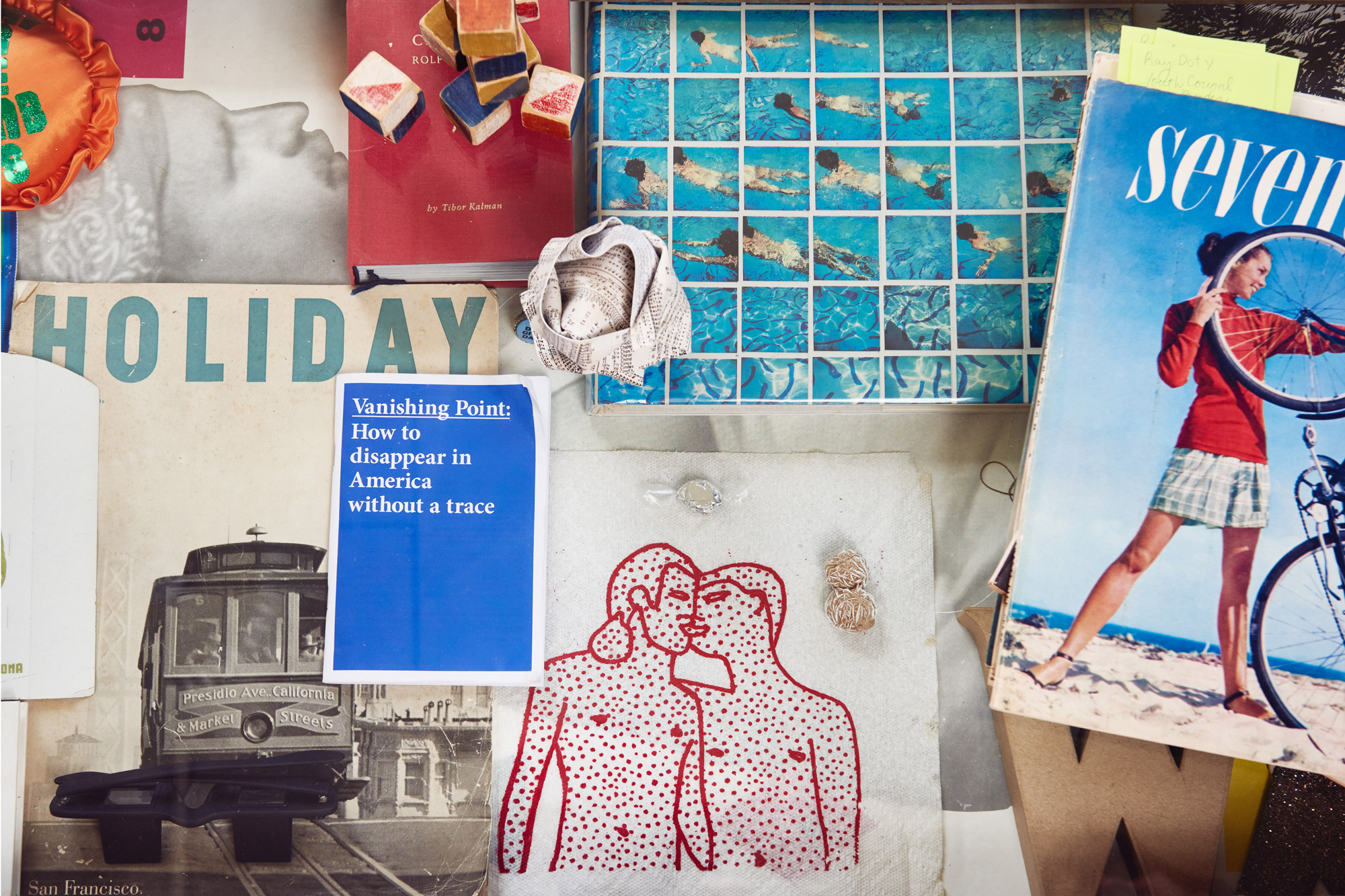
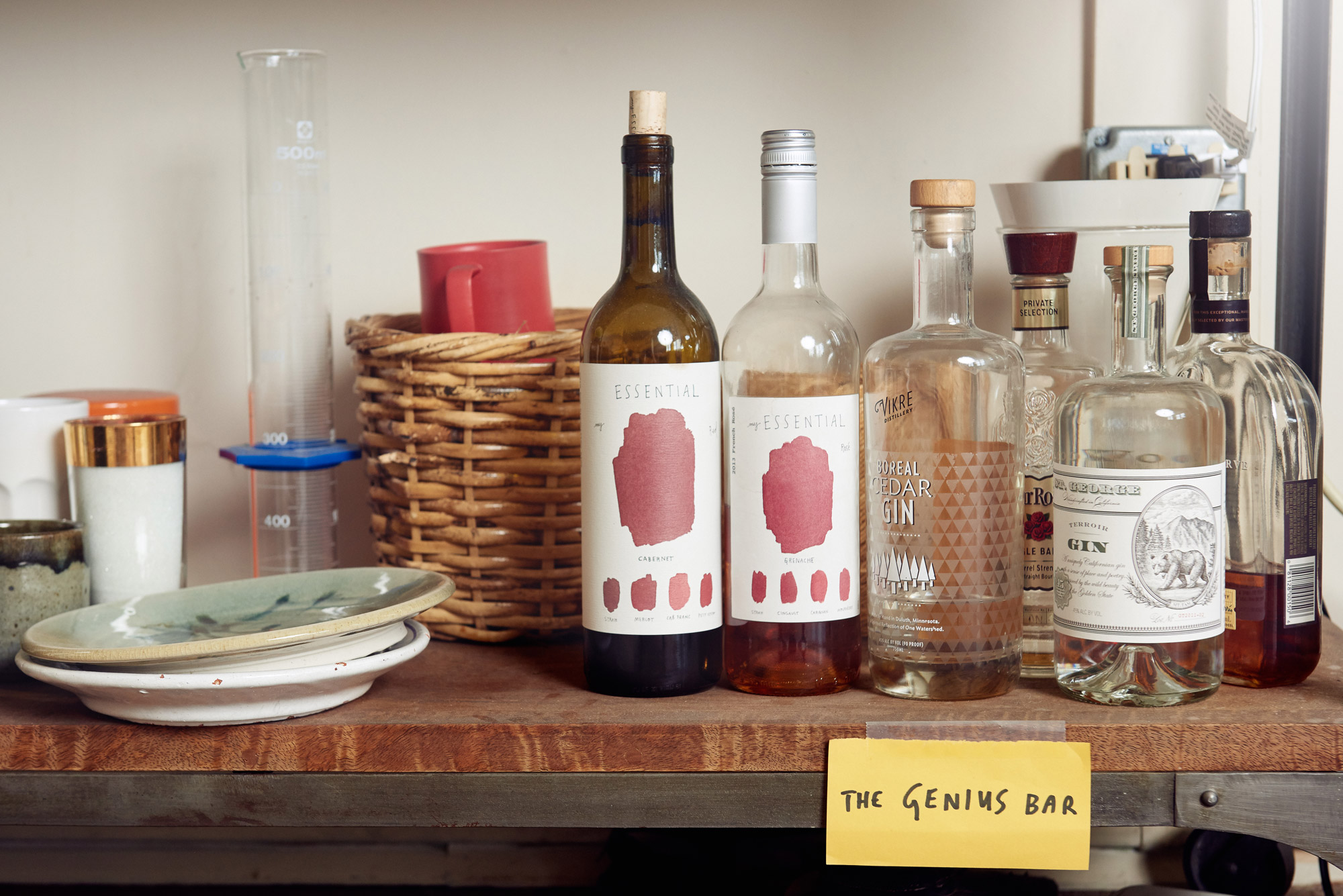
What has it been like to work with your partner? What are some of the benefits and challenges that have come from blending your professional and personal lives together?
Caroline: It’s been great. We’ve done two books together, and we collaborated differently on both of them.
The first was Lost Cat: A True Story of Love, Desperation, and GPS Technology. It was my third book and Wendy’s first published book at the time it came out. It’s a memoir from both of our perspectives; we both lived it, but we collaborated differently to tell the story.
At the time, I had no idea what collaborating with an illustrator was comprised of, but now I know we didn’t follow the normal trajectory. Initially, I thought I’d write the whole book and then hand it over to her to illustrate. Early on, I realized that because Wendy was part of the memoir, it was vital that I wrote a little and she illustrated a little as we went along. We didn’t want to do the see-say thing, with her simply illustrating my words. It became like a conversation, and I couldn’t finish a chapter without talking to her about it. It was a great experience.
When couples ask us what we recommend for working together, I tell them that they have to honestly respect their partner’s work. Ultimately, the problem with being in a relationship and trying to create a work of art together is that everything you talk about creatively sounds like you could also be talking about the relationship. For example, if Wendy says to me, “I really think that paragraph should read differently,” what I could hear is, “I don’t love you anymore.” But remembering that she respects my writing and I respect her illustration means that I realize she’s not saying she doesn’t love me—she’s actually saying that this paragraph should be changed a little bit. Having that foundation of mutual respect clears up any possibility of our creative criticisms harming our relationship. In fact, it has made it even better.
Wendy: Working together is a part of our relationship. In addition to the two books we’ve done, we also did a bi-weekly column together for a year and a half. Having those creative, collaborative conversations is a generative dimension to our relationship. I think we’re really lucky.
Wendy: Another thing that has been really important is having my studio outside of the house.
Caroline: Right. Wendy initially had a studio in the house, but she was working so much that we couldn’t quite figure out the difference between our private time and her work time. We finally agreed that her having a home studio wasn’t going to work for our relationship, so she got a studio outside of the house.
Wendy: I had lived alone for most of my life before Caroline and I moved in together. I set up my drawing table in my own space, so I never had a division between work and home, and that mirrored the idea that I didn’t have a division between my personal or professional life. Once I recognized that, it was a big challenge to make a commitment to work hard in my career and in having a great relationship with Caroline. That both of those things could exist at the same time was a pretty big epiphany. I was afraid of it at first, but getting a studio outside of the house ended up being the best thing that could happen for both my career and my relationship.
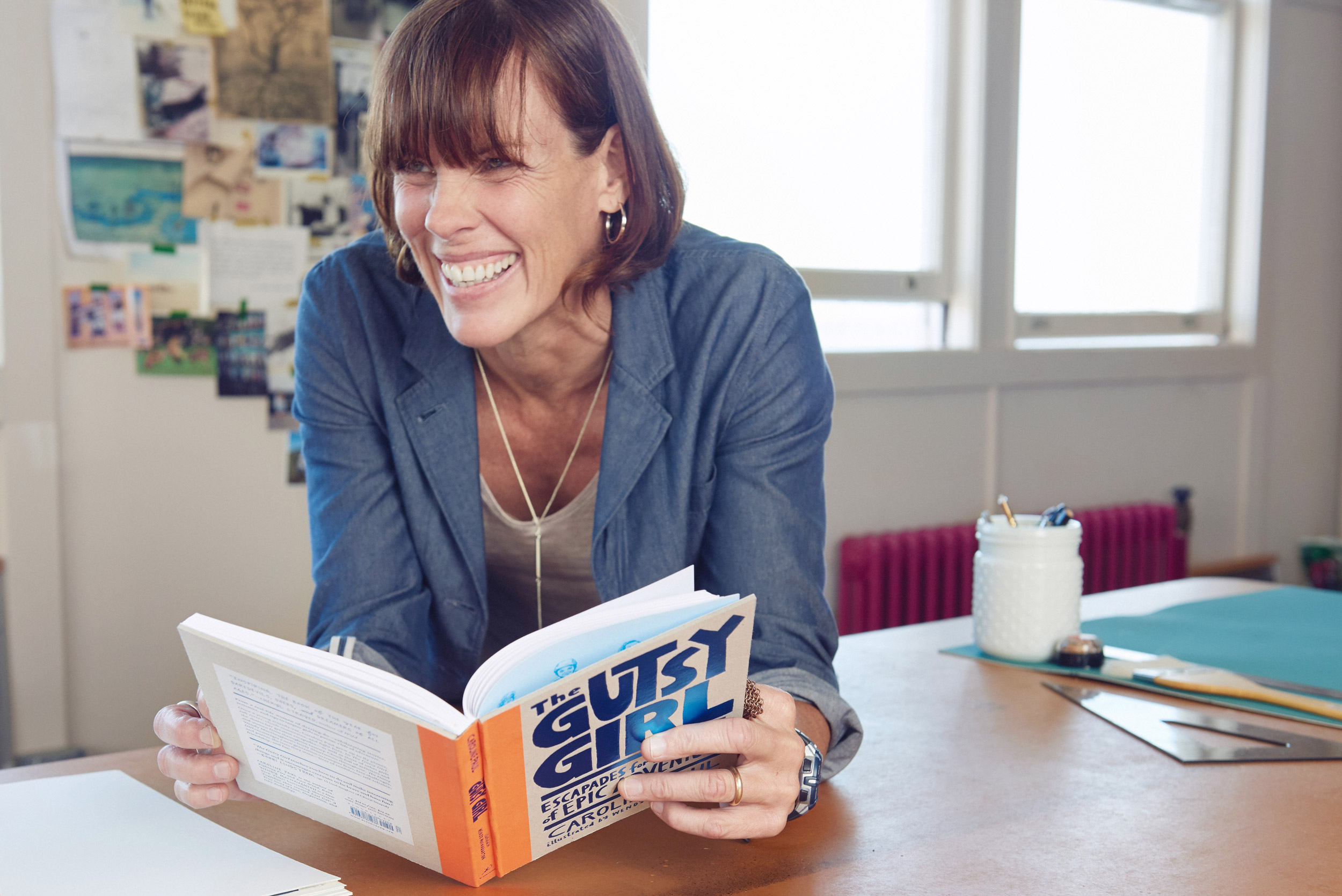
“What I’ve learned is to keep doing what you love to do and believe that it’s worth something. If I believe in something so much and keep putting time into it, eventually everybody else will catch up.” /Wendy
So successes in your working relationship fuels successes in your personal relationship. That sounds like a good cycle.
Caroline: Yeah. And we’re lucky in that cycle because, honestly, professional victories are hard. It’s so hard to publish a book and have it be successful. When our latest book, The Gutsy Girl: Escapades for Your Life of Epic Adventure made the New York Times Best Sellers List, it was a dream.
Wendy: The Gutsy Girl is not just a book: it’s Caroline’s life. It’s meant to inspire girls to be adventurous and gutsy, but it’s also comprised of Caroline’s personal experiences. Caroline has lived an exceptionally adventurous, brave life that a lot of people have been inspired by when she has shared those stories in the past. For her to put it all down on paper is really exciting and special; and as her partner, to be involved in her doing so is a big honor. To have The Gutsy Girl get on the New York Times Best Sellers List is exceptional.
That’s great. Caroline, you’ve described The Gutsy Girl as “Lean In for middle-grade girls.” Was writing the book something you’d been wanting to do for a long time, or was it prompted by a specific experience?
Caroline: I’d been thinking about the issues I discuss in the book for a long time. I was continually bothered and a little flummoxed by how many of my female friends were constantly saying that they felt too scared to do something. And they were talking about things like changing a car tire. As a former firefighter, I’ve applied the word fear to experiences like having to run into an especially huge fire, so for someone to use that word to describe something like changing a tire—which may be daunting, but not scary—was baffling to me. A lot of the girls and women in my life had that same timid, deferential attitude towards outdoorsy activities or mechanical skills, and I decided that the whole concept of women being fearful needed to be looked at.
The idea of writing the book didn’t crystalize until I had a conversation with my friend and fellow Grotto writer, Diana Kapp, who is a mother and a great writer who I respect. I had written a story about paragliding and accidentally getting sucked up into a thundercloud, and after reading it, she said to me, “Caroline, you need to write about your adventures for girls, because they really need to hear them.” The timing was interesting because Lost Cat was winding down and I didn’t have a new project, so I thought, “That’s a great idea.”
Once I started writing The Gutsy Girl, I found that it really just poured out of me. Luckily, I had Wendy there to illustrate it, which is the big initial pull when people pick up the book.
Wendy: Well, I don’t know about that. If you read the back, it describes Caroline being sucked into a thundercloud, so I think that might just trump the illustrations. (laughing)
“Being open, nice, supportive, and not competitive against other creatives is important. When you carry that generosity of spirit, people will want to help and connect with you.” /Caroline
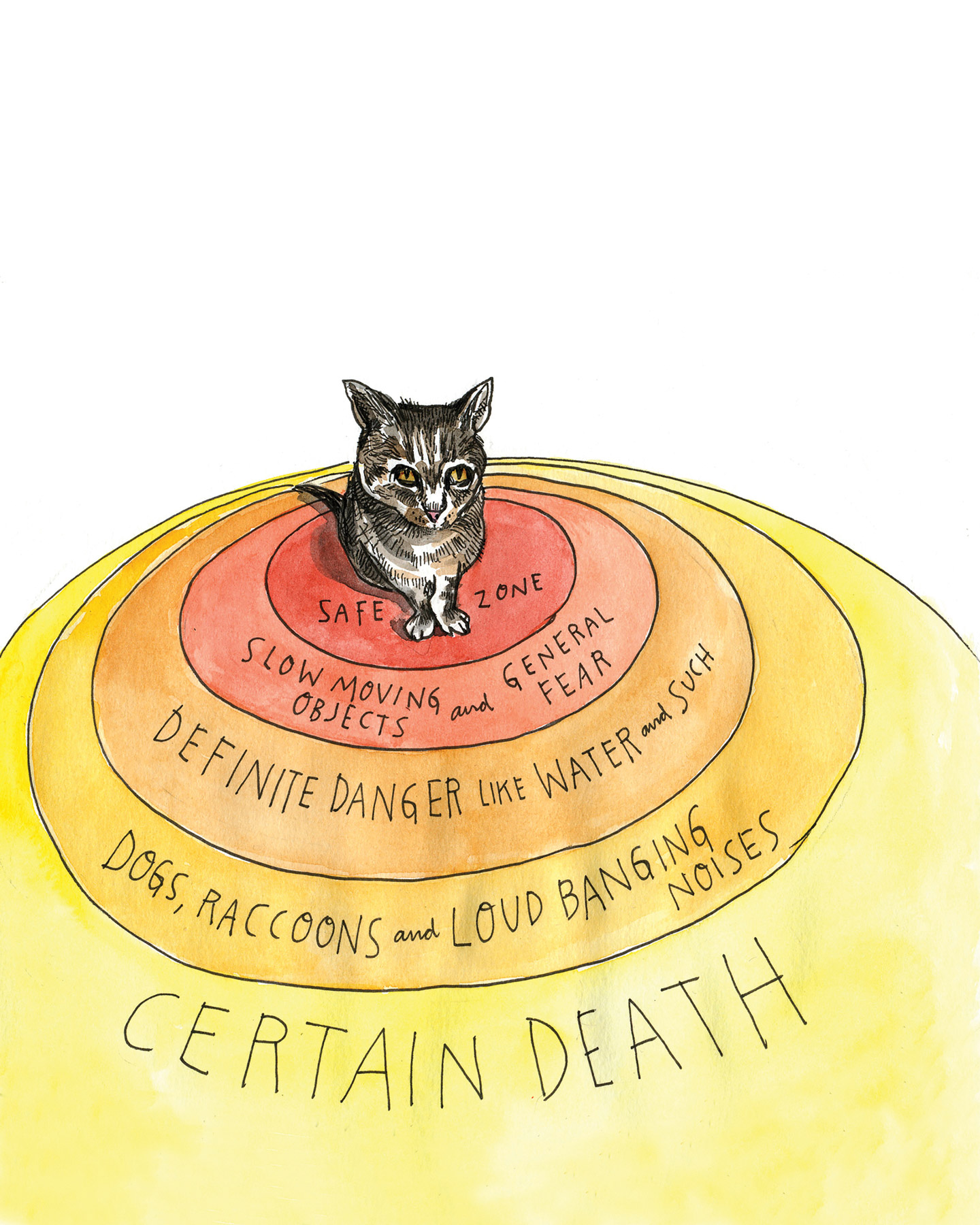
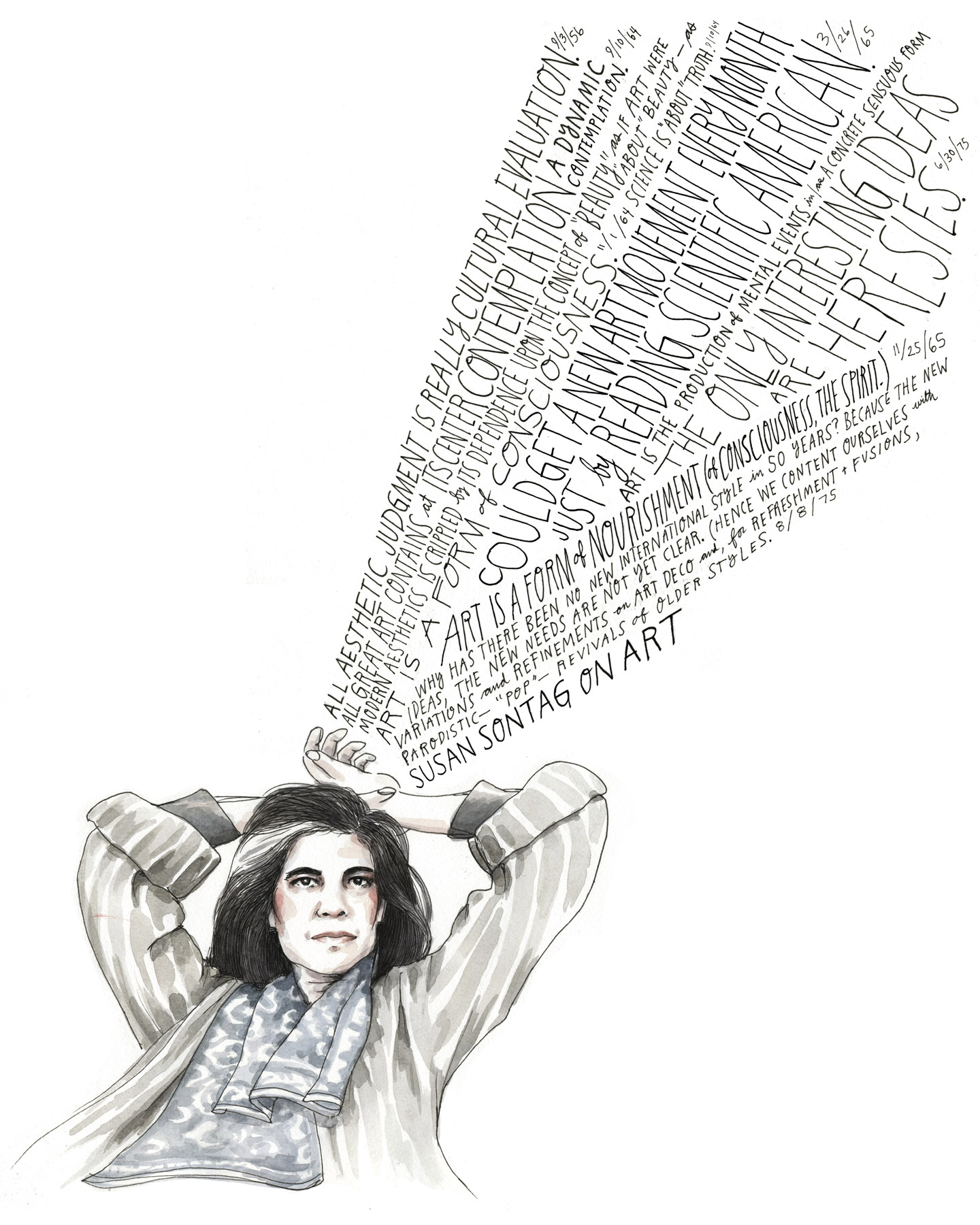
Speaking of fear, have there been times when either of you had to take a big risk to move forward?
Caroline: Yes. I’ve been able to publish four books, and I’m so grateful for that, but I’ve actually written eight—I had three books and one proposal that went nowhere. That’s a really soul-crushing experience. When you’re an author, you put so much time into something before you get a sense of whether it will go somewhere or not.
Wendy was with me during a time when I was thinking about giving up on writing. I’d had too many rejections, and I didn’t think I’d be able to write anymore. When I wrote my first book, I was a firefighter who had written a book, so I didn’t think of myself as a writer. Then I published my second book, a novel called, East Wind, Rain, and thought, “Now I’m a writer.” But after that, I experienced a series of failures and couldn’t publish a book, and it was so scary. I almost stopped writing. Wendy was so great, because she had so much faith that I could pull something off, and that’s when she and I ended up writing Lost Cat, which did really well.
I feel for people whose rejections come first in their careers. I already had two books behind me before I was rejected, which gave me a glimmer of hope that I could publish again; I had that emotional foundation. But there are people whose timing is different: they fail a lot first and then get published. I so admire people who keep going after that.
I was lucky because I had Wendy there to support me, I had two books published already, and I had the Writer’s Grotto. The Grotto was a hugely important community to me, so if I was going to give up writing, I was also going to have to give up that community, which wasn’t something I wanted.
Wendy: (to Caroline) And I think they were all threatening to kick your butt if you stopped writing. (laughing)
Caroline: Yeah, there was some weeping in the hallways and commiserative hugs and being told to “get back in there and write.”
And Wendy, have you had similar experiences when you were first trying to become a professional illustrator?
Wendy: I have been very fortunate in my career; I work my butt off and I love my work. That said, although I haven’t ever considered stopping what I’m doing, I still go through challenging periods where I essentially feel like crap about myself—in fact, I felt that way last week! It happens all the time: I think I suck, I think my work sucks, and I hate myself. Then I go home and tell Caroline, and she tells me, “You don’t suck, your work is great,” and, “Oh, by the way, you felt this way two weeks ago, and it passed.” It’s really helpful to have somebody who understands the creative cycle and to help with that longitudinal perspective.
Before I became an illustrator, I had a ton of self-doubt. I was fortunate to find the work that I’m supposed to be doing in the world that is a confluence of all the best parts of myself. When we find that, other people get excited about it and support us in making it.
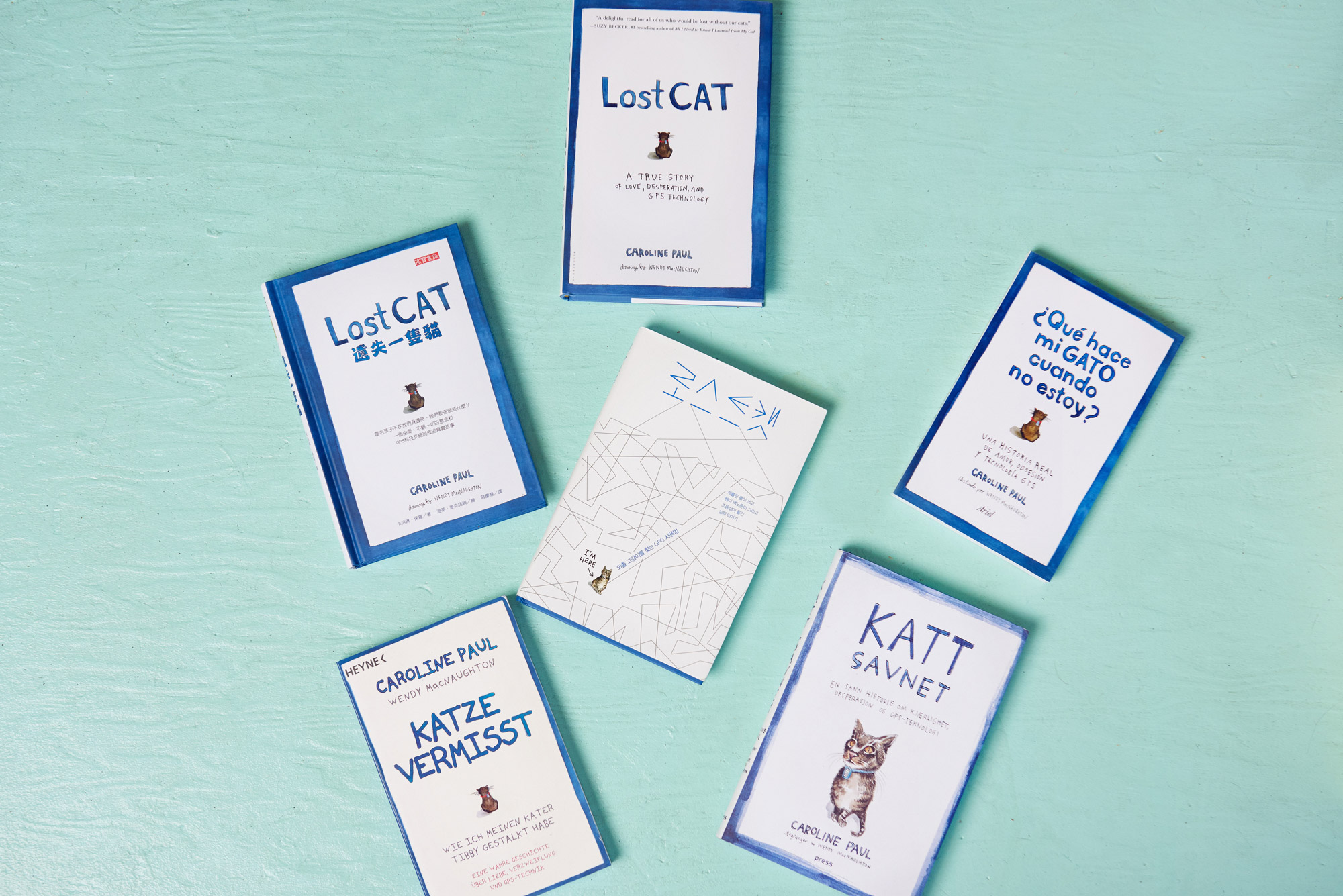
“…when you’re starting out, find people in the field you want to be in…Magic happens when a bunch of people with a similar vision come together—not necessarily working together, but working spiritually on the same quest.” /Caroline
Are there any pieces of advice that you would give to someone just starting out?
Wendy: Yes! I feel very strongly about this piece of advice: keep doing it. There were times in my life when I became really excited about something and tried to do it and it didn’t get the kind of response or attention that I wanted to get out of it immediately, so I read that as being unsuccessful. I thought that I should be coming at it another way, asking myself, “Should I be doing something else?” What I’ve learned is to keep doing what you love to do and believe that it’s worth something. If I believe in something so much and keep putting time into it, eventually everybody else will catch up.
Caroline: I feel the same way about writing. I tell people all the time that it’s about the last person standing. It’s not necessarily about the writer who can write the most beautiful sentences; it’s about the writer who finishes, which is a lot harder.
Another piece of advice I’d give is something a friend of mine at the Grotto once said: “Every ‘no’ is a relationship.” When you pitch something to somebody, and they write back and say “no,” now you have a relationship with them. And you’re going to get a lot of rejections. My twin sister, Alexandra, is an actress, and she gets tons of rejections. Yet she’s successful because she’s super nice and understands that rejection doesn’t mean the end of the world.
The second piece of advice is that nobody else is taking success from you. At the Grotto, we have a strong belief that a rising tide lifts all boats. Sometimes there’s a sense that people hoard and hide their work, but nobody stands in your way except you. That poverty mentality doesn’t work in the arts.
Wendy: I agree with that.
Caroline: Being open, nice, supportive, and not competitive against other creatives is important. When you carry that generosity of spirit, people will want to help and connect with you. I’ve seen people turn their noses up at aspiring writers who don’t seem that impressive and later turn out to be kick-ass writers.
Wendy: Another important thing to remember is that your side project is your main project. When you’re trying to transition into a full-time creative career and start taking on commercial work, it’s easy to neglect your personal projects. That’s what ultimately represents who you are creatively and makes you different from everybody else. Ultimately, your side projects are what define your future. If we let that go, we end up solely becoming commercial artists or writers, which might be fine for some people, but then you’re only telling other people’s stories. The spirit behind that is very different.
Caroline: Something else I would add is that when you’re starting out, find people in the field you want to be in, even if they’re just starting out too. I would not be a writer without the Grotto; there is no question. I just spoke to a writer recently and said to her, “Go find people who are also writers and start a space together.” Magic happens when a bunch of people with a similar vision come together—not necessarily working together, but working spiritually on the same quest.
I’m not a woo-woo person, but all I can tell you is that the Grotto includes an inordinate amount of New York Times best sellers—not because we’re special people, but because together we’ve become a special community.
That also means having a like-minded partner, too. I am lucky to have an illustrator as a partner.
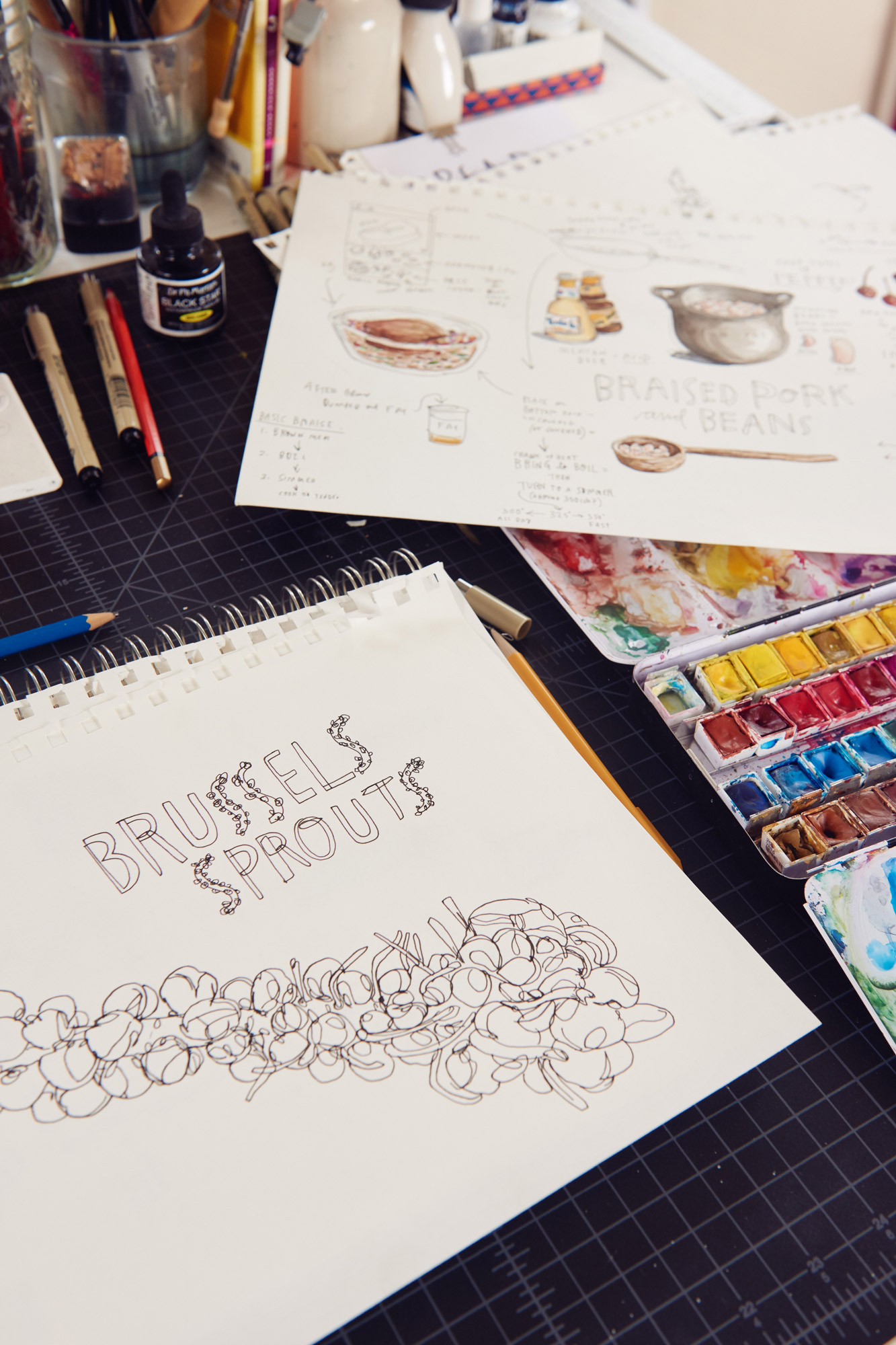
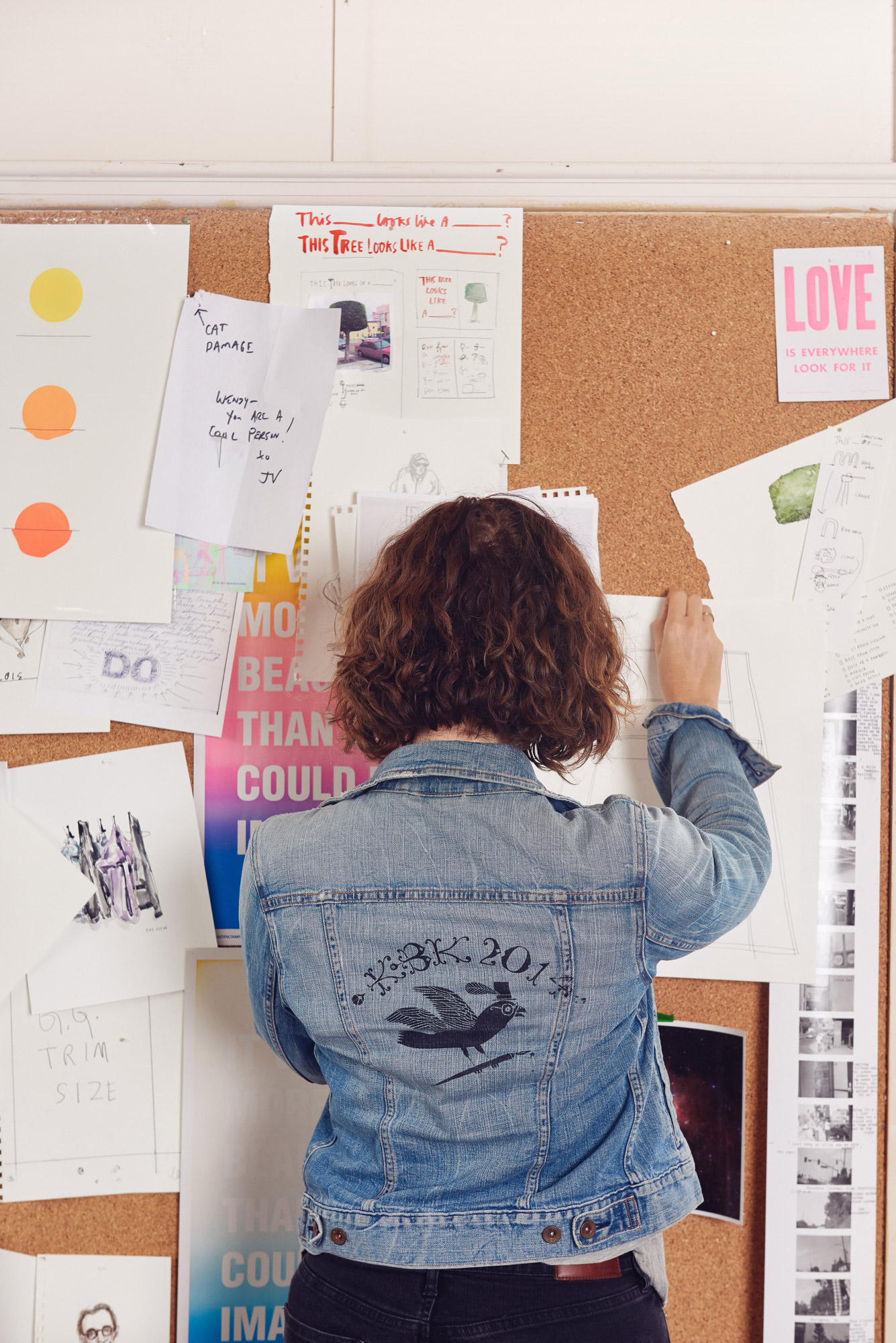
What type of legacy do you hope to leave?
Caroline: Wendy knows how I feel about legacy. I don’t want to be overly dramatic, but because I was a firefighter for many years, I saw people die suddenly and disappear, sometimes with nobody around them. I saw so much destruction and chaos, and it was really enlightening. I learned that life is very fleeting, so I have a less grandiose idea of legacy: for me, legacy implies what will happen after I die, but what’s more important to me is what’s happening while I’m alive.
I hope my work connects with girls, which is something I feel strongly about. Girls can be brave and resilient, and they need to know that to succeed in life, but we often don’t teach them that. That’s what I would love to be involved with during my life.
Wendy: (to Caroline) What am I supposed to say after that? (laughing)
Caroline: The difference between Wendy and I is that I believe in our vast insignificance, which I’m sure is because I was a firefighter; but Wendy believes in a vast, individual significance. Together we make a great couple because we balance each other. Wendy believes in the power of doing something, whereas I think, “That’s all fine and good, but you might get hit by a truck tomorrow.” (laughing)
Wendy: Caroline believes in everybody’s insignificance, but she actually derives power from that. It’s part of the reason she embraces life in the way she does, because there’s a certain fearlessness that comes along with that outlook.
I believe that every person has an incredible amount of influence to contribute, and that’s part of what my work is about: looking at people or objects or places and giving them the gravitas and depth that everybody and everything is capable of having. I want my work to affect how people see each other. That would be a great legacy.
About Wendy
Wendy MacNaughton is a New York Times best-selling illustrator and graphic journalist whose vibrant, lifelike drawings and paintings explore the beauty and adventure in everyday life. She has published several books, including Meanwhile in San Francisco, The City in its Own Words, Pen and Ink: Tattoos and the Stories Behind Them, and The Essential Scratch & Sniff Guide to Becoming a Whiskey Know-It-All, and has worked for clients that include the New York Times, Lucky Peach, Bon Appetit, and TIME.
About Caroline
Caroline Paul is a New York Times best-selling writer and author whose first book, Fighting Fire, recounts her 13 years spent as a San Francisco firefighter, and whose second book, the novel East Wind, Rain, was published in 2006. She has been a member of the San Francisco Writer’s Grotto since 1999 and has written two acclaimed books, Lost Cat: A True Story of Love, Desperation, and GPS Technology and, most recently, The Gutsy Girl: Escapades for Your Life of Epic Adventure, in collaboration with her partner, Wendy MacNaughton.
“I believe that every person has an incredible amount of influence to contribute, and that’s part of what my work is about: looking at people or objects or places and giving them the gravitas and depth that everybody and everything is capable of having.” /Wendy
